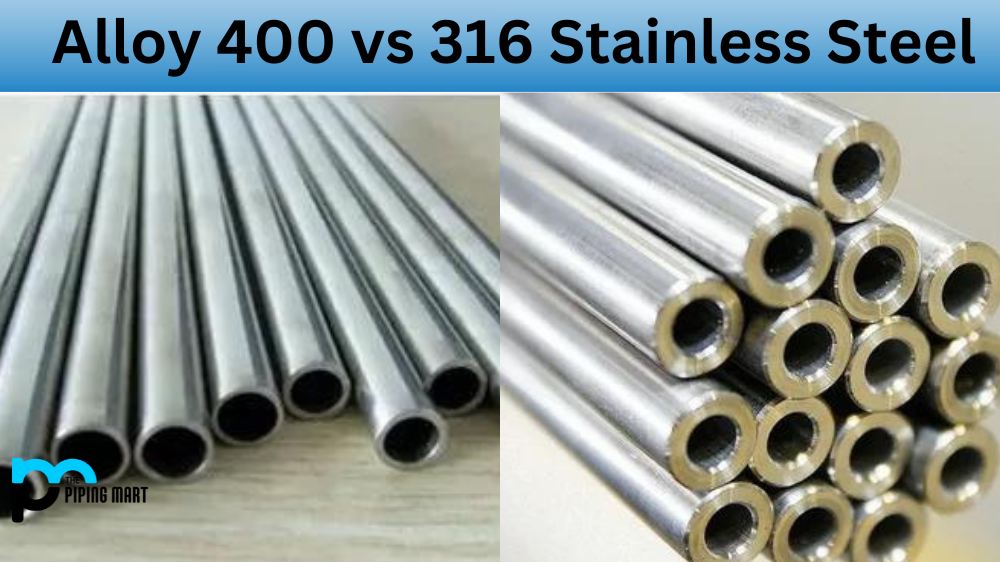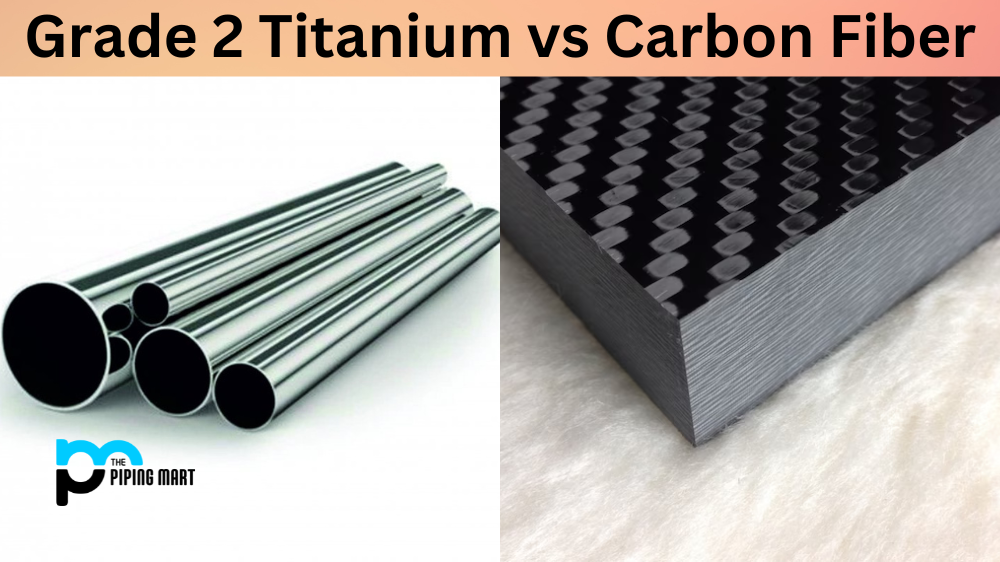For many mechanics, engineers, and fabricators, alloy 400 vs 316 stainless steel can be difficult. This is especially true when selecting materials for parts exposed to harsh environments. To make this decision easier, let’s take a look at the main features of each type of steel.
Alloy 400 vs 316 Stainless Steel – What’s the Difference
Alloy 400 is a nickel-copper-based alloy known for its superior corrosion resistance in various environments. It also has excellent mechanical properties and can be used in temperatures up to 1000°F (538°C). It is non-magnetic and commonly used in marine applications where exposure to saltwater is possible.
316 stainless steel is an austenitic chromium-nickel stainless steel that contains between 2-3% molybdenum. This material has improved corrosion resistance compared to its predecessor 304 SS, especially in chloride environments such as coastal regions or areas with high salinity levels. It has excellent oxidation resistance at elevated temperatures up to 1600°F (871°C) and resists pitting corrosion caused by chloride solutions. Additionally, it exhibits good strength at both low and high temperatures and good formability and weldability.
Alloy 400 and 316 Stainless Steel Advantages and Disadvantages
When comparing alloy 400 vs 316 stainless steel, one advantage that alloy 400 offers over 316 SS is its corrosion resistance in acidic conditions like sulfuric acid. However, because it lacks chromium content that helps resist pitting corrosion caused by chloride solutions like seawater or saltwater spray, alloy 400 may not be ideal for use in areas with high exposure to these types of elements. In contrast, 316 SS offers better pitting corrosion resistance than alloy 400, so it can be used in more corrosive environments or with higher salt concentrations. When deciding between the two materials for your application, consider which type of environment your part will be exposed to most often before deciding which material you should use.
Chemical Composition
Alloy 400 comprises copper, manganese, nickel, and silicon, while 316 stainless steel comprises chromium, molybdenum, nickel, and silicon.
Tensile Strength
Alloy 400 has a tensile strength of 65 ksi, while 316 stainless steel has a tensile strength of 75 ksi.
Yield Strength
Alloy 400 has a yield strength of 30 ksi, while 316 stainless steel has a yield strength of 40 ksi.
Ductility
Alloy 400 is more ductile than 316 stainless steel, meaning it can be formed into shapes with more intricate designs.
Corrosion Resistance
316 stainless steel is more corrosion resistant than Alloy 400, making it ideal for applications in environments exposed to salt water or other corrosive materials.
Conclusion:
Deciding between Alloy 400 vs 316 stainless steel ultimately depends on what kind of environment your part will encounter most often since both offer excellent corrosion resistance but have different strengths depending on their surroundings. If your application requires maximum corrosion protection from acidic environments, then alloy 400 may be the better option; however, if you need a material that can withstand salty solutions, go for 316 stainless steel instead! Consider all these factors before making a final decision so you get the best possible material for your project and ensure long-term success!

Pipingmart is a B2B portal that specializes in metal, industrial and piping items. Additionally, we share the latest information and information about materials, products and various types of grades to assist businesses that are involved in this business.




